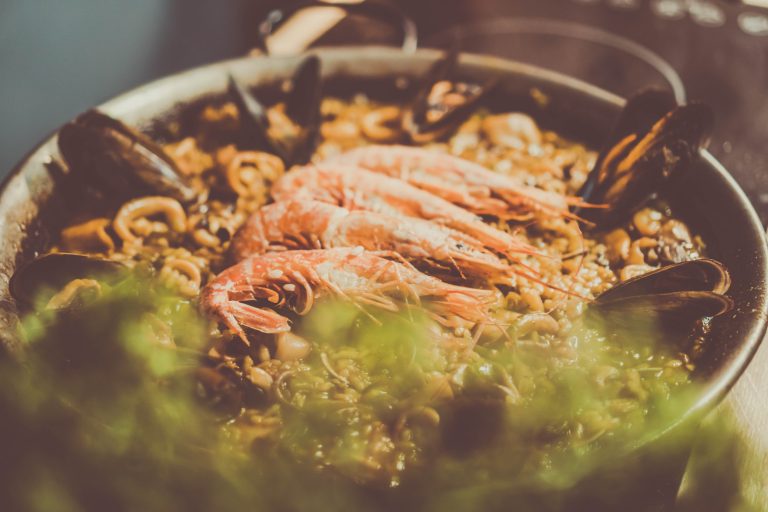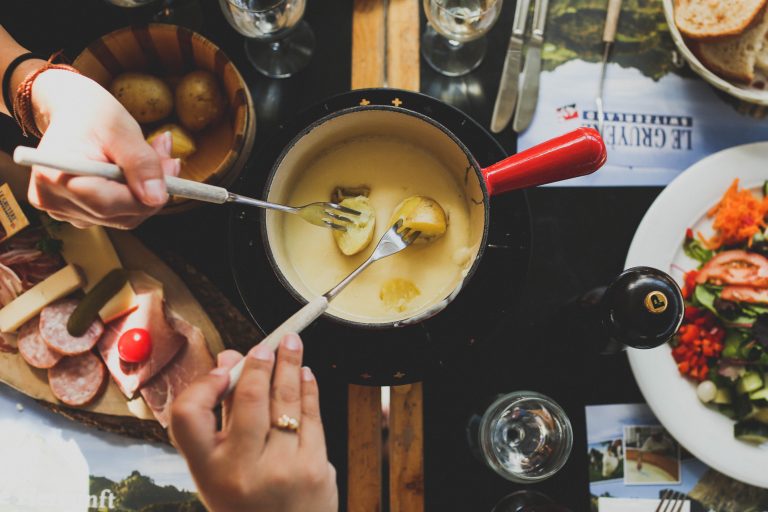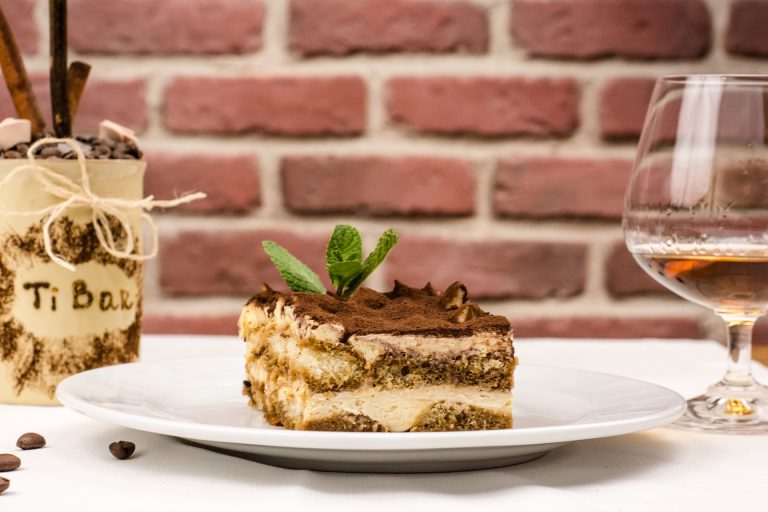In the last few years, the Pandamic has drastically put an impact and limitation on all travellers. Specifically, food lovers are longing to explore other traditional cuisines from around the world. Having said that, most of us are fantasizing about traveling again and indulging in popular and traditional food in Europe. has drastically put an impact and limitation on all travellers. Specifically, food lovers are longing to explore other traditional cuisines from around the world. Having said that, most of us are fantasizing about traveling again and indulging in popular and traditional food in Europe.
Europe, the amazing continent which is full of life and culture is a great destination for this purpose. Therefore, while waiting to travel again, we have collated the most popular and traditional food and desserts from Europe. In the meantime, you can prepare yourself both mentally and emotionally to experience these dishes once travel restrictions are lifted.
Moreover, we have included some online cuisine courses you can take to learn preparing these foods by yourself. Bon appétit!
1.Croatia – Black Risotto
This Croatian dish is highly spectacular and very uncommon. As black colored food is very rare in nature, this adds a curious idea to try it. It surely looks strange, but it definitely has an exquisite flavour which will delight your taste buds.
Black cuttlefish, squid or calamari risotto is a dish which you will see on all menus along the Dalmatian coastline from Istria to Dubrovnik.
Moreover, seafood loaded with essential vitamins and nutrients is perfect for your health. As a result, a travel to Croatia can significantly improve your well-being. Not to mention that Game of Thrones was partially filmed there!
2.Denmark – Smørrebrød

Be part in spreading cultural content, just one click can go a long way...
Smørrebrød is a conventional Danish platter that is simple and filling. It is an open-faced sandwich that you can enjoy as an appetizer or main course. It involves buttered rye bread, which is flavorsome and healthy. The latter is topped with ingredients such as cold cuts of meat or seafood, cheeses, spreads and caviar . Moreover, it goes along with vegetables, herbs, and salads.
Toppings include condiments such as mayonnaise. In fact, Smørrebrød was invented in the 19th century by Scandinavian agricultural workers that used to pack leftovers from previous nights to provide them with energy during the long working hours.
3.Greece – Gyros
View this post on InstagramA post shared by Lara 💞 (@gypsyatheartlb) on
Gyro or Gyros is one of the most popular Greek street food dishes. It can include any of the following meats such as pork, beef, chicken, or lamb. However, all of these have the same characteristics of the vertical rotisserie cooking.
The chef will then slice the meat into thin cuts. Later, he serves it on a soft pita bread stuffed with sauces like tzatziki and vegetables which includes tomatoes, onions, lettuce, and cucumbers.
This Greek food has many varieties across the world. In particular, Greek immigrants set up such snack shops within their communities. USA and Australia have many diners to try these dishes. However, the authentic types are waiting for you in either Greece or Cyprus.
4.Hungary – Goulash

Hungary’s national dish is Goulash. The Hungarians have several different names for it, but due to the difficulty of the language, Goulash became the most popular etymology.
This meal is a stew bursting with aromas.It sits in a steaming bowl of slow-cooked beef, carrots, onions and loads of Hungary’s trademark of paprika, to give it a kick. The best known ingredient in Hungarian food is the red-powdered spice called paprika. If you would like to know more about Hungary, check this hand picked article next: Hungary, A Fascinating Culture of Central Europe
5.Spain – Paella

Spain’s rich and varied culinary tradition is well recognized around the world. Tapas, of course, is the most popular in Spanish cuisine.
In addition, Paella, a recipe with origins in Valencia is another treat. Paella takes its name from the wide, shallow traditional pan used to cook the dish on an open fire. It is a colorful mixture of saffron-flavored rice with various meats.
Also, some linguistic experts sate that that name is derived from the Arabic word “Ba’yya” which means leftovers. If you are a bit surprised with what does Arabic have to do with Spain? Then you might be interested to check this article detailing what makes Spain’s history very rich and interesting.
6.Switzerland – Fondue

Fondue, originates from the French word “fondre”, meaning “to melt,” . It originated in the 18th century in Switzerland as a means for farm families to extend their limited resources throughout the winter season.
Fondue is a dish that refers to warming cheese, oil or chocolate in a specially designed container over a flame. Later, various foods are dipped into the melted contents of the pot. Fondue can be savoury or sweet. Additionally, the Swiss enjoy it as a starter, main or a dessert.
7.Italy— Tiramisù

This is one of Italy’s most popular desserts. Its name originates from the phrase tirami sù, which quite literally means, “a pick me up”.
This dessert consists of coffee-soaked ladyfingers layered with mascarpone cream, a whipped mixture of eggs and sugar. Moreover, all of them are flavoured with cocoa.
Therefore, you just need 6 ingredients and 10 minutes to prepare this amazing Italian dessert. Totally worth every minute. Also, don’t forget having your coffee the Italian way along with it.
8.Portugal —Pastel de nata

Pastel de nata is a traditional Portuguese egg tart pastry with crispy crust dusted with cinnamon. Markedly, for the best result, the filling should not be too sweet nor have any other flavouring added to it.
The ultimate way of enjoying this pastry the Portuguese way is to have it with a cup of coffee. Additionally, one particular bakery has kept the secret of preparing the perfect dessert for centuries…
Pastéis de Belém has been delighting its customers since 1873 with their Pastel. Rumors say that the family chefs never travel on the same plane together to avoid risking losing the “unwritten secret recipe”. The next time you’re in Lisbon, you might consider paying them a visit to check if it’s worth all this hassle. A wild guess, it surely does!
9.France — Châteaubriand
This simple, yet exquisite dish takes its name from a French author, diplomat and statesman François-René, Vicomte de Chateaubriand. It is one of the fanciest and most expensive dishes you might ever encounter on a menu.
The word Châteaubriand does not refer only to the beef itself, but to a method used to grill or roast this thick cut of beef tenderloin. Châteaubriand has a history of its own that is intriguing and truly fascinating.
10.Belgium- Belgian Waffle

Who doesn’t enjoy indulging in a waffle after a meal, let alone, a truly Belgian Waffle. This is the best dessert that you can have in Belgium.
Crispy from the outside and soft and warm from inside. Nevertheless, the best part is adding the hot melted chocolate. Moreover, it can be served with whatever your heart desires. Fruit such as strawberries and bananas are the most common with whipped cream crowning them.
11.Netherlands —Herring
The Netherlands is famous for many things: Tulips, windmills, bicycles, canals, etc.. . However, and most importantly, when it comes to food, fresh fish dominates its cuisine.
Since it is a seafaring country, fish becomes an essential part of the national diet. Herring, the small silvery fish, is a symbol of the Dutch food and serves as a healthy snack. It’s best to try it during the first catch of the season. Moreover, fishermen catch it in the North Sea and the East Sea (near Denmark) from mid-May to mid-July. For best results, try it with raw onions.
12.Scotland— Haggis
Haggis, is the national dish of Scotland. It is a variety of pudding with ingredients that may surprise many people.
The constituents are actually the internal organs of a sheep. Chiefly, they are the heart, lungs and liver. Henceforth, it needs a true carnivore to try this dish.
Chefs usually mince the ingredients and thoroughly mix them together. Later, mutton and sometimes beef comes in as a flavour booster to the mix. Moreover, oatmeal is typically present to hold the mixture together.
For the seasoning part, onions and spices are the heroes, along with cayenne pepper, being the signature spice. The mixture is packed into a sheep’s stomach and boiled. A sharp meaty aroma fills the diners or homes that prepare it. Well, this is the first step in enjoying this hearty meal in Scotland.
Haggis was always a popular dish for the poor. Since for the most part, it contains cheap cuts of nourishing meat that would otherwise have been thrown away. However, today it slowly turned into a delicacy prepared in the fine dining places, not only in Scotland, but around the globe.
Hurry up, pack your bag and come try these delicacies. If you can’t, we suggest you enlist into one of these amazing online cooking classes. Once again, Bon appétit!






